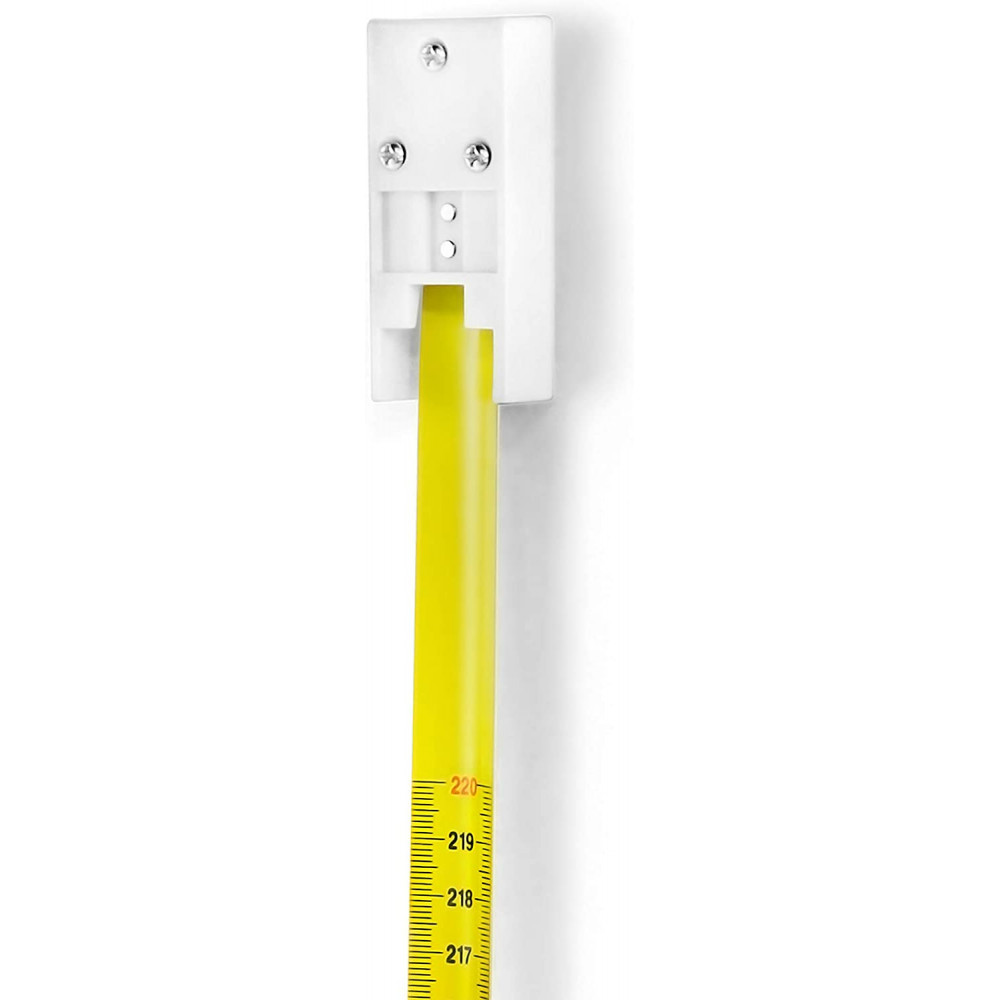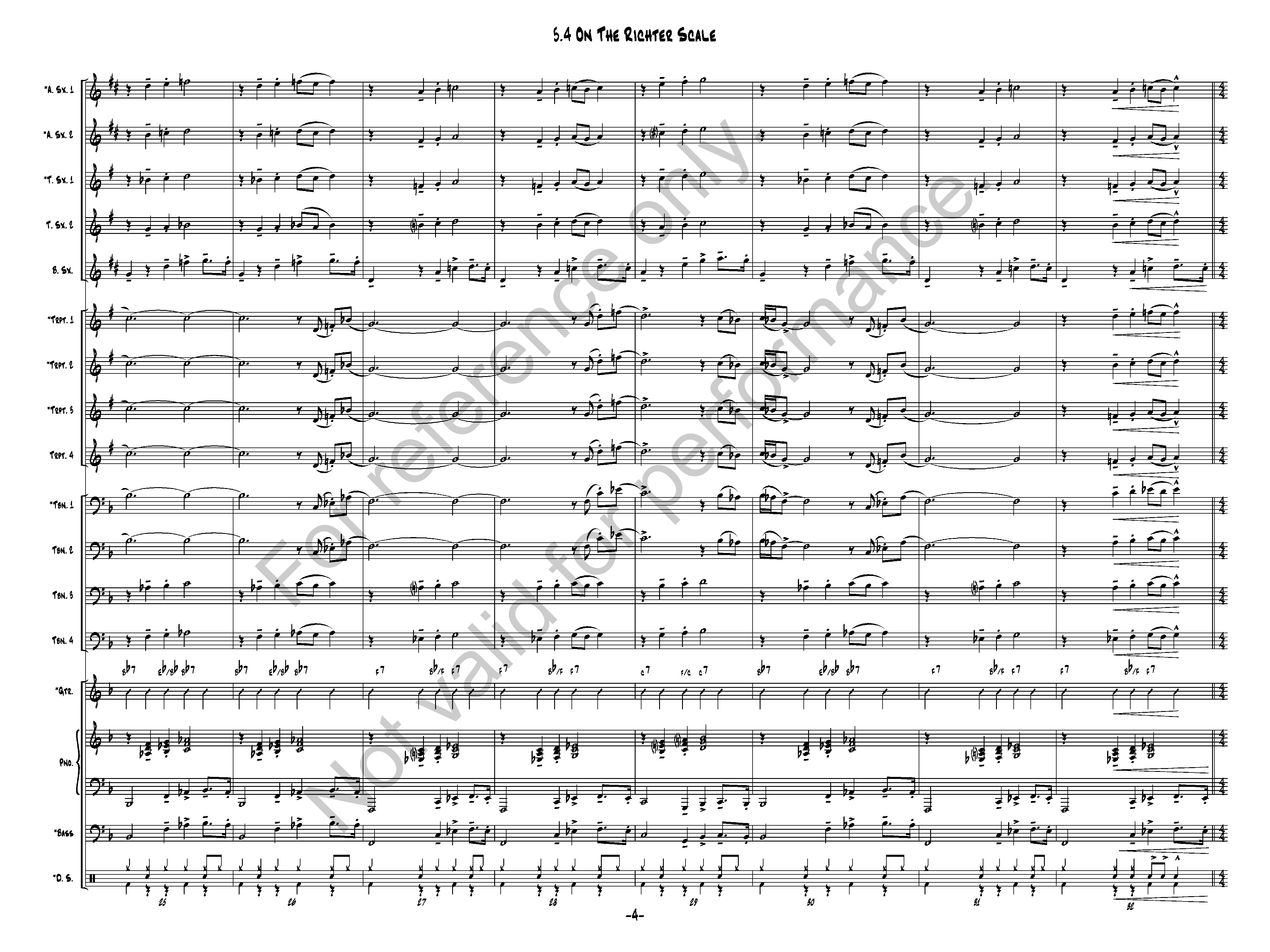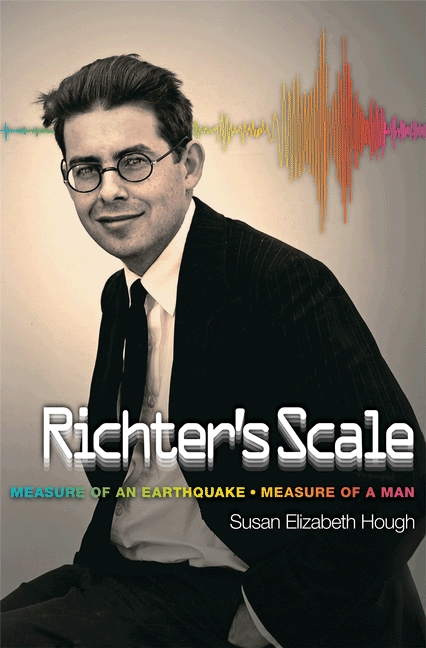Richter 'magnitude' scale explained
4.7 (617) · € 31.00 · En Stock
The Richter scale, developed by the American geologist Charles Richter in the 1930s, is a "logarithmic" scale, which means that each one-point increase on the scale represents a tenfold increase in the magnitude of the earthquake.
The Richter scale, developed by the American geologist Charles Richter in the 1930s, is a logarithmic scale, which means that each one-point increase on the scale represents a tenfold increase in the magnitude of the earthquake.
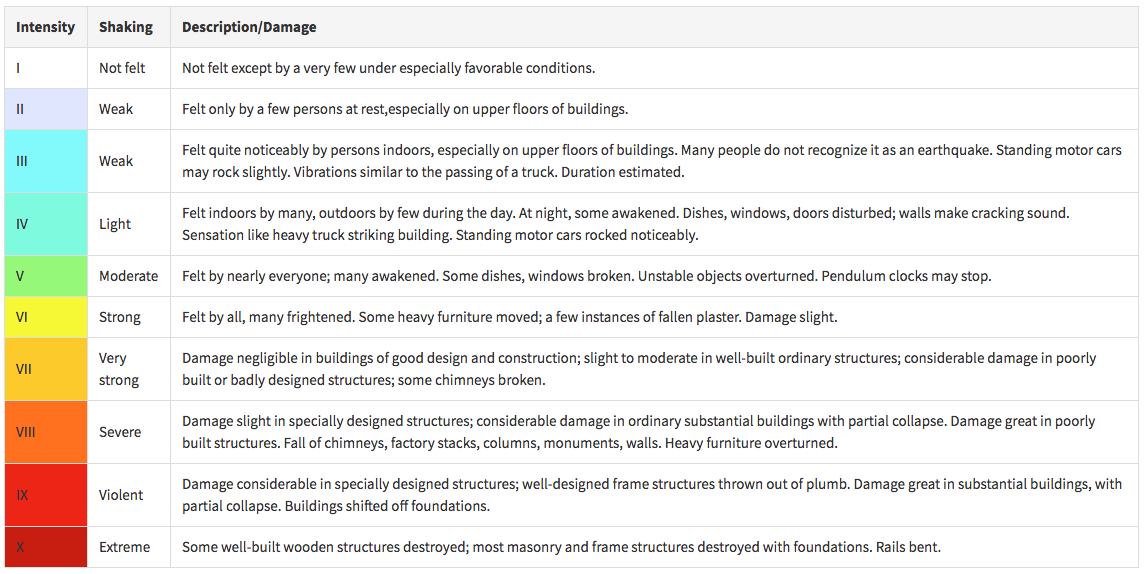
Measuring earthquakes - GEOGRAPHY MYP/GCSE/DP

File:How-the-Richter-Magnitude-Scale-is-determined.jpg - Wikipedia

Magnitude/Intensity Pacific Northwest Seismic Network
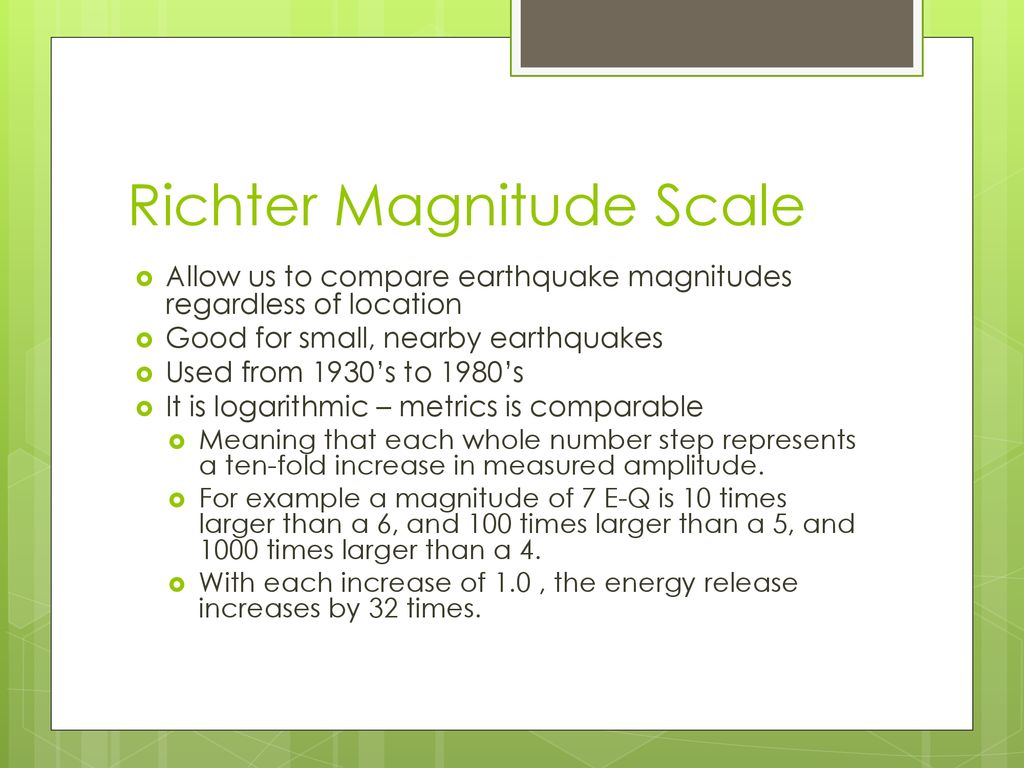
Scales and Forecasting - ppt download
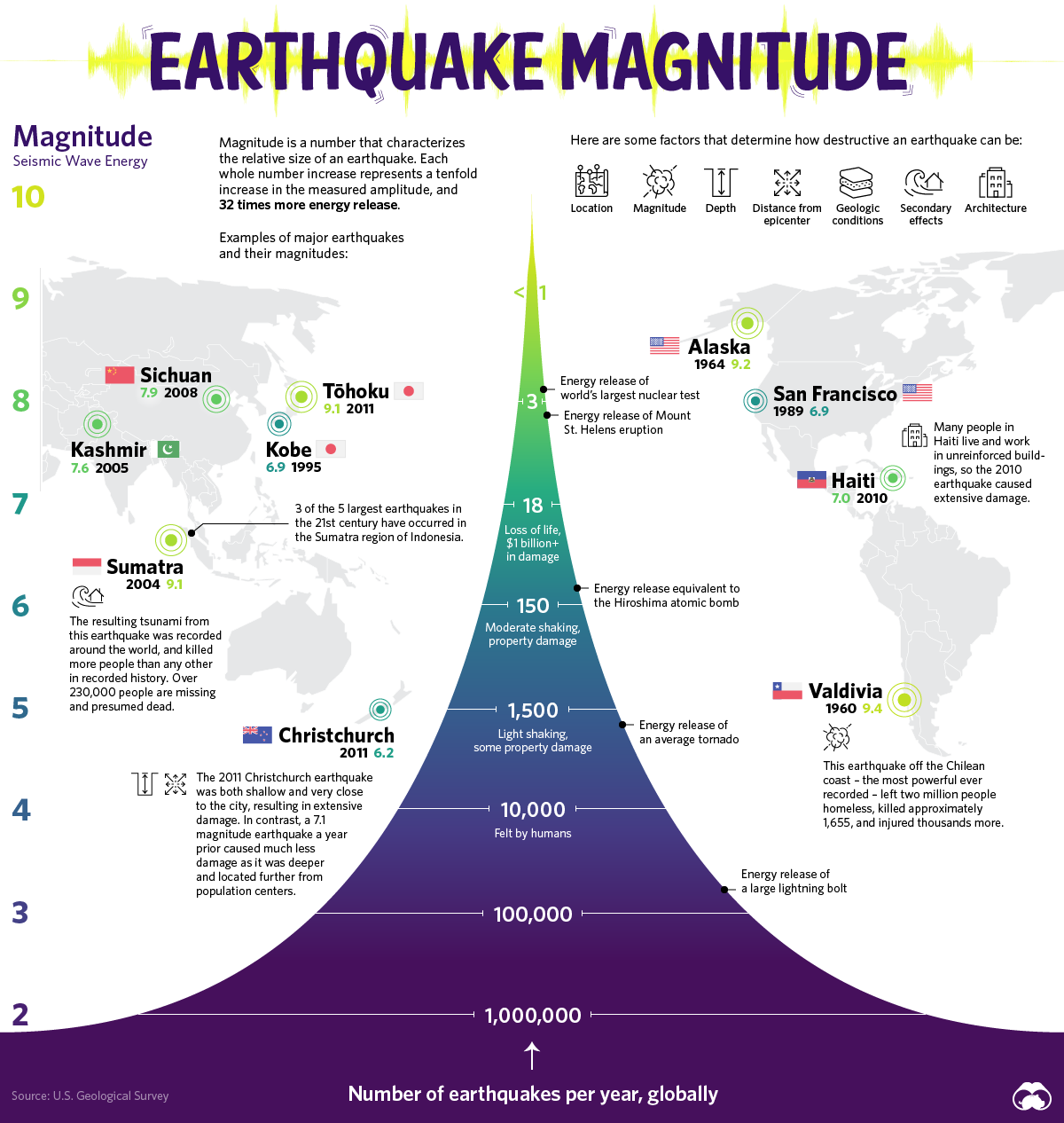
Visualizing the Power and Frequency of Earthquakes - Visual Capitalist
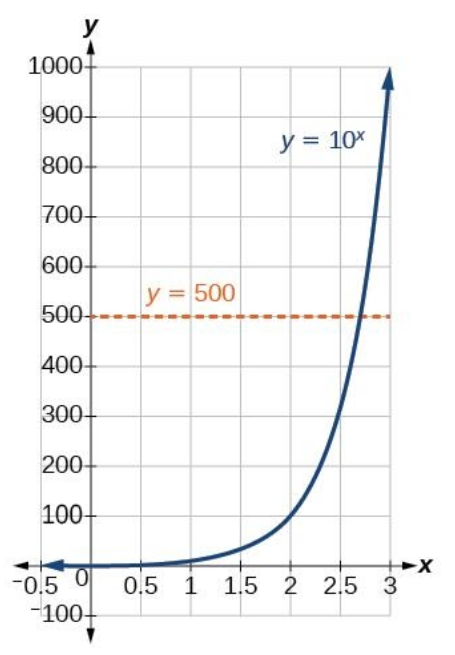
6.2: Logarithmic Scales in Natural Sciences - Mathematics LibreTexts
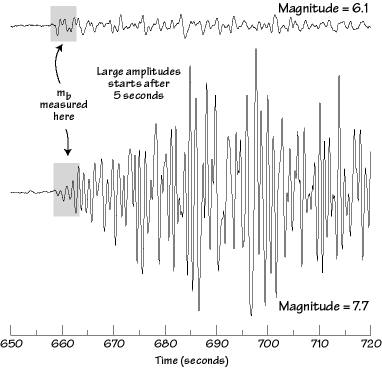
Earthquake Size

Understanding the Richter Scale

Measuring and Monitoring – The Tremors of our Hearth

How are Earthquakes Measured? Magnitude & Intensity Scales

Explained: How Earthquakes Are Measured And What Is Richter Scale
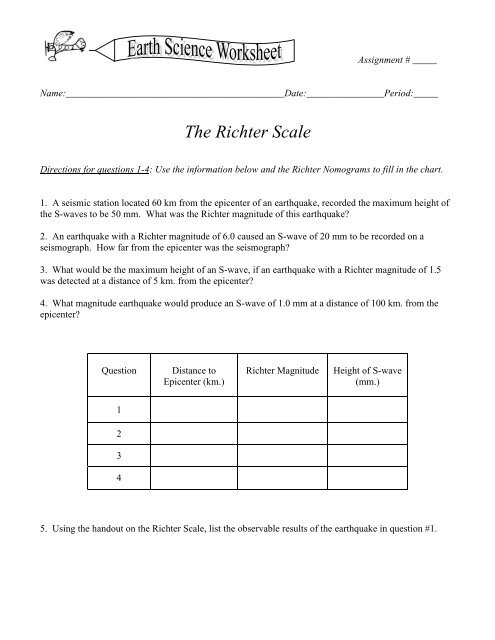
Richter Scale Worksheet

Seismic magnitude scales - Wikipedia
